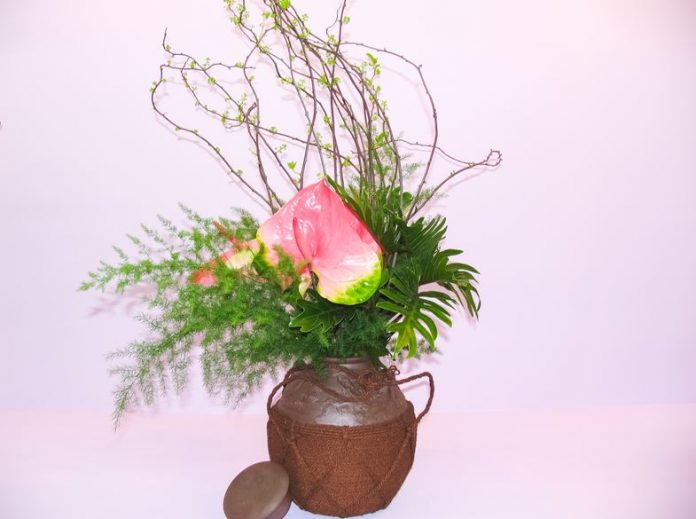Few subjects in bonsai care are as complicated as watering. What should be the simplest task is actually the most complex. Improper watering is the most common cause of death of bonsai trees.
In fact, apprentices in Japan will perform many other duties during their first few years before being trusted to water the trees.
Bonsai soil is unlike regular potting material. It is porous and allows for very rapid drainage. As a result, frequent and generous watering is necessary.
However, overwatering is just as dangerous to the bonsai’s health. Too much water can promote the growth of harmful fungi and lead to root rot.
Both of these damaging extremes can be avoided, though. By following these tips, the complex art of bonsai watering can be converted to a healthy practice that anyone can accomplish.
The first step is testing the soil moisture content to determine how much water your bonsai needs.
As a quick check, touch the surface with your thumb. If the surface feels dry, it is. Gently scrape back any ground cover, gravel, or surface dirt to better assess the soil’s requirements.
A more accurate test can be completed easily by using a standard moisture gauge. Appearing like an ordinary thermometer, analog or digital displays will provide an accurate reading of soil moisture content.
Moisture gauges only detect water near the tip; so as a result, only tell part of the story. Dry spots can be present within the pot.
Dry spots are especially dangerous if they are near the roots. As roots spread throughout the pot over time that can be a lot of places.
To ensure that all of the soil is adequately moistened, once a month dip the pot up to the base of the tree into a container of water for a few minutes.
Carefully remove by lifting by the pot, never by the tree. If the soil is correct, and the plant is not root bound, any excess water will drain out the bottom of the pot into the tray under the pot.
Only permit a small amount of water to remain in the tray. Draining excess water from the tray will ensure that any extra water in the pot has a place to go, and doesn’t collect around the roots.
Water daily, making sure that water runs all the way to the bottom, but doesn’t pool to the extent of filling up the tray.
Water left standing in the tray makes it impossible for the pot to drain and encourages mold growth.
More than daily watering may be required depending on the type of soil in the pot and your climate. The amount of water necessary also varies from one species to another.
Pines and other conifers need less water and they do well with moderate drying periods.
Deciduous and flowering trees require more moisture than conifers. Curled leaves on deciduous trees indicate dryness. Make sure that flowers are not wilting when they should be blooming.
Some experimentation, accompanied by careful monitoring, will be necessary to adjust to your specific tree and circumstances.

